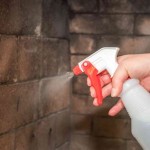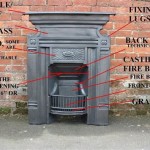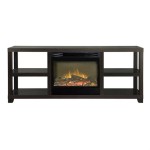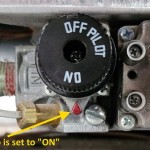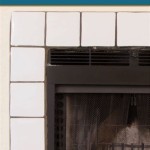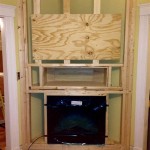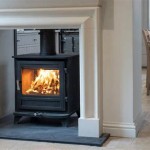How To Properly Use a Wood Burning Fireplace
Wood-burning fireplaces can provide warmth, ambiance, and a sense of nostalgia in your home. However, using them safely and efficiently requires proper knowledge and practice. Following these guidelines will ensure a safe and enjoyable fireplace experience.
1. Preparing Your Fireplace
Before starting a fire, it is essential to prepare your fireplace for safe and efficient operation. This involves several key steps:
- Clean the Fireplace and Chimney: Regularly clean out ashes and debris from the fireplace and have your chimney professionally inspected and swept at least once a year. A buildup of creosote, a highly flammable substance formed from burning wood, can lead to chimney fires.
- Inspect the Firebox and Damper: Ensure the firebox, where the fire burns, is free of any obstructions and the damper is fully open. The damper controls air flow and smoke exhaust from the chimney.
- Use a Fireplace Screen: Place a fireplace screen in front of the opening to prevent sparks and embers from escaping into the room. This is especially important with children or pets present.
- Gather Appropriate Wood: Select well-seasoned hardwood, such as oak, maple, or hickory. Seasoned wood burns hotter and cleaner than green wood, which is freshly cut and contains more moisture. Avoid using softwoods like pine, as they produce more smoke and creosote.
2. Building a Safe and Efficient Fire
Building a safe and efficient fire involves a series of steps to maximize heat output and minimize smoke and creosote buildup.
- Start with Kindling: Begin with a small pile of kindling, such as twigs, newspaper, or fire starters, to ignite the larger pieces of wood.
- Gradually Add Fuel: Once the kindling is burning well, add small pieces of wood, gradually increasing the size as the fire builds. Avoid overloading the fireplace; it restricts air flow and can result in excessive smoke.
- Leave Space for Air Flow: Ensure there is space between the logs to allow for adequate airflow, which is crucial for efficient burning. This also prevents the fire from smoldering.
- Avoid Using Flammable Liquids: Never use gasoline, kerosene, or other flammable liquids to start a fire. These can cause a dangerous explosion or fire hazard.
3. Maintaining Your Fireplace
Regular maintenance is essential for maximizing the lifespan of your fireplace and ensuring safe operation. This includes:
- Monitor the Fire: Keep an eye on the fire, ensuring it remains burning efficiently and safely. Never leave a fire unattended.
- Remove Ashes Regularly: Dispose of ashes in a metal container with a lid. Never put hot ashes in a plastic or paper bag, as this can cause a fire hazard.
- Properly Extinguish the fire: When finished with the fire, allow the embers to cool completely before cleaning out the ashes. Never pour water directly on hot embers, as this can create a sudden and dangerous steam explosion.
- Inspect for Damage: Regularly inspect the fireplace for signs of damage, such as cracks in the firebox or mortar joints. These should be repaired by a qualified professional.
By adhering to these guidelines, you can enjoy the warmth and beauty of a wood-burning fireplace while ensuring a safe and environmentally responsible experience.

How To Use A Fireplace Bob Vila

How To Properly Use Maintain Your Fireplace True Value

Five Easy Steps On How To Properly Use A Fireplace

How To Use A Wood Stove 15 Steps With S Wikihow

How To Use A Wood Stove 15 Steps With S Wikihow

How To Use A Wood Burning Stove

How To Use A Wood Stove 15 Steps With S Wikihow

How To Use A Wood Stove Properly Jotul

Safety Tips For Using Your Fireplace This Winter Boston Ma

How To Properly Burn Wood In A Fireplace Stove Experts
Related Posts

